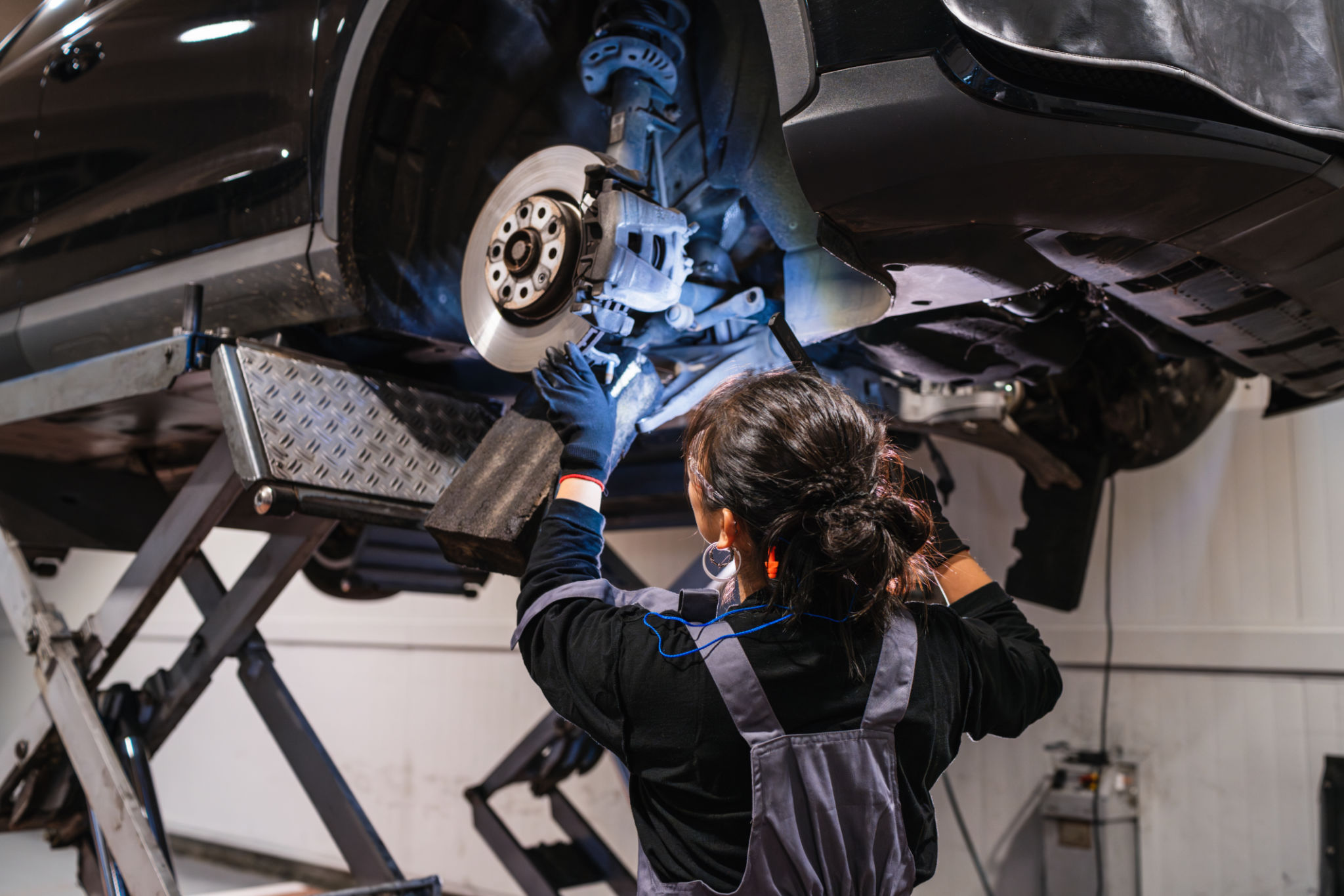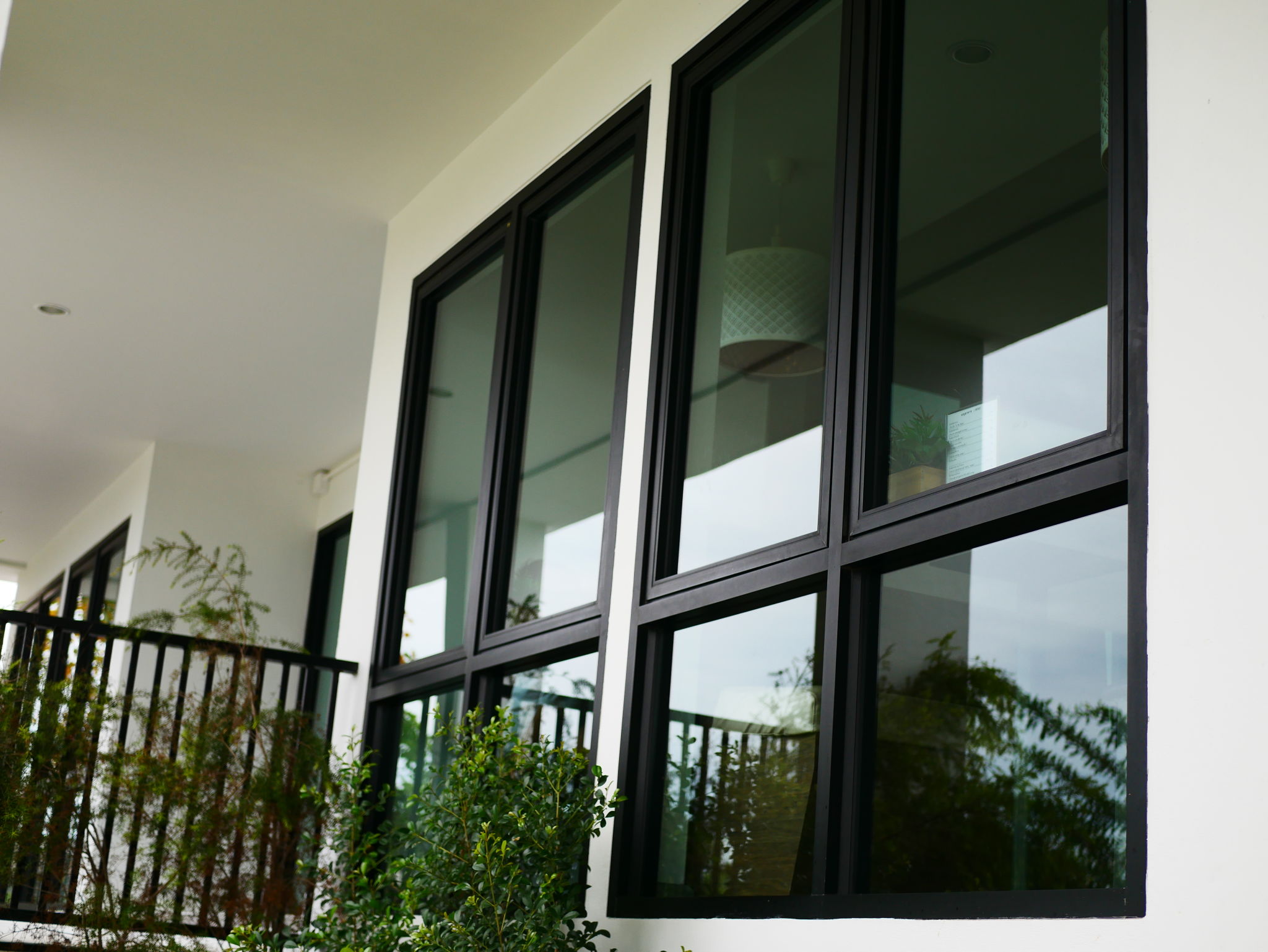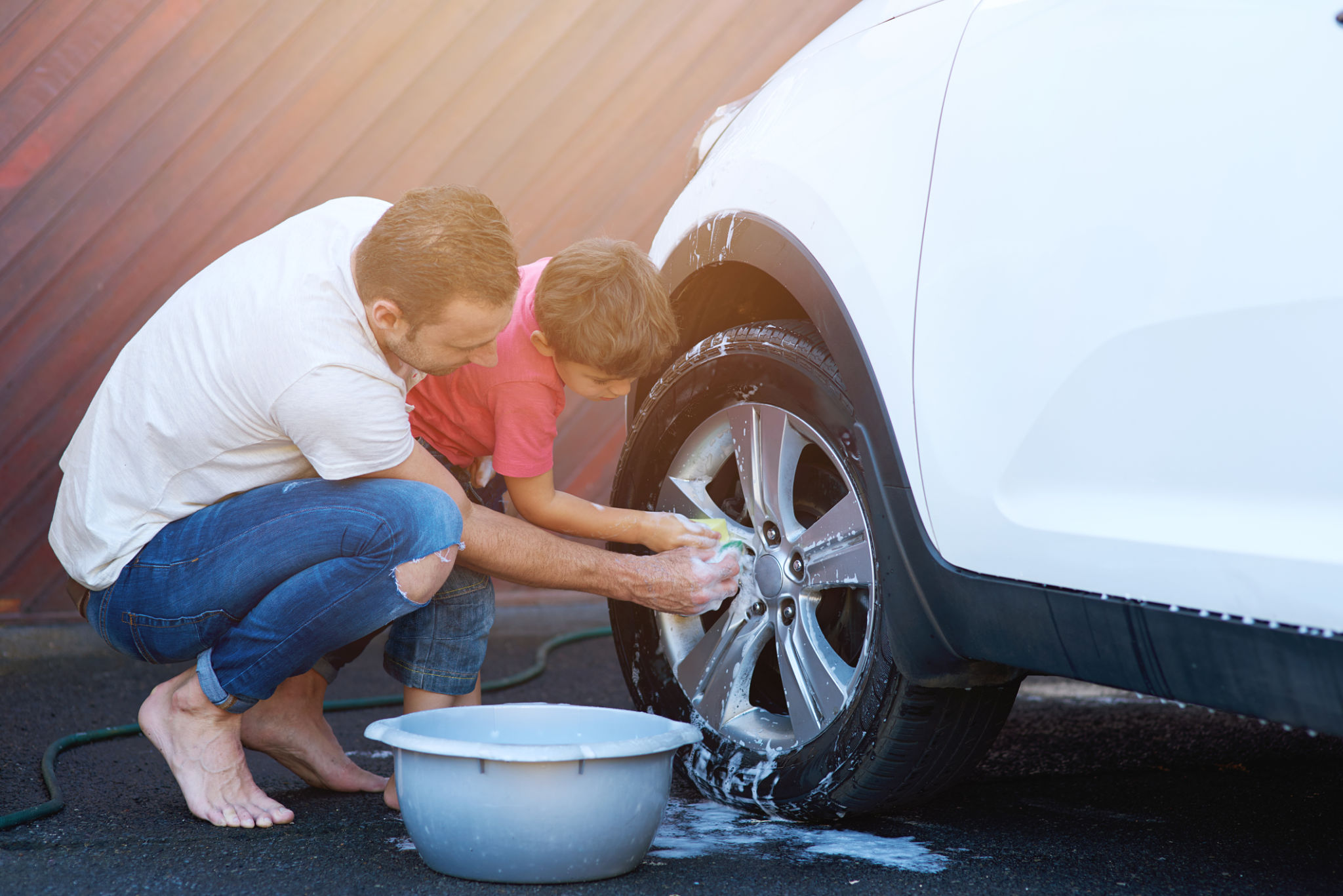How to Choose the Right Window Tint for Your Vehicle
Understanding the Benefits of Window Tinting
When considering window tinting for your vehicle, it's important to recognize the numerous benefits it offers. Window tinting not only enhances the aesthetic appeal of your car but also serves practical purposes. It can reduce glare, protect your interior from UV damage, and offer increased privacy. Furthermore, tinted windows can help regulate the temperature inside your vehicle, making it more comfortable during hot weather.
Different types of window tints provide varying levels of protection and style. Some tints are specifically designed to block a higher percentage of UV rays, while others focus on minimizing heat or enhancing privacy. Understanding your primary reason for tinting will guide you in selecting the right option for your needs.

Types of Window Tints
There are several types of window tints available, each with its own characteristics and advantages. The most common types include:
- Dyed Window Tint: This is the most affordable option, providing a darker appearance and decent glare reduction. However, it offers minimal heat reduction.
- Metalized Window Tint: Known for its durability, this type contains metallic particles that reflect heat and UV rays effectively. It also strengthens the window.
- Carbon Window Tint: This tint doesn’t contain metal, so it won’t interfere with electronic signals. It offers good UV and heat protection with a matte finish.
- Ceramic Window Tint: Considered the highest quality, it provides superior UV protection and heat reduction without compromising visibility or interfering with electronics.
Consider Your Local Laws
Before choosing a window tint, it’s crucial to consider local regulations regarding tint darkness and reflectivity. Many regions have specific laws that dictate how much tint is permissible on different windows of a vehicle. Failure to comply with these regulations could result in fines or required removal of the tint.

Selecting the Right Tint for Your Needs
Your choice should align with your specific needs and preferences. If your primary concern is privacy, you might opt for a darker tint. For those prioritizing heat reduction, a ceramic tint could be the best choice due to its superior performance in blocking heat without darkening the windows excessively.
Always consider the climate where you live. In hotter regions, maximizing heat rejection might be more important than in cooler areas. Conversely, in areas with heavy sunlight, UV protection should be a priority to protect both your skin and your vehicle's interior.

Professional Installation vs. DIY
While DIY window tint kits are available and may seem like a cost-effective solution, professional installation often yields better results. Professionals have the expertise and tools to apply tint smoothly without bubbles or imperfections. They can also advise on the best type of film for your vehicle and ensure compliance with local laws.
If you decide to hire a professional, research local providers and read reviews to ensure quality service. A good installer will offer a warranty on their work, providing peace of mind that any future issues will be addressed.
Maintaining Your Window Tint
Once you've installed your window tint, proper maintenance is key to ensuring its longevity and effectiveness. Avoid using harsh chemicals or abrasive materials when cleaning tinted windows. Instead, use a soft cloth and mild cleaning solution to prevent scratching or discoloration.
Regularly inspect your tint for any signs of wear or peeling. Addressing small issues early can prevent them from becoming larger problems that require complete replacement.

